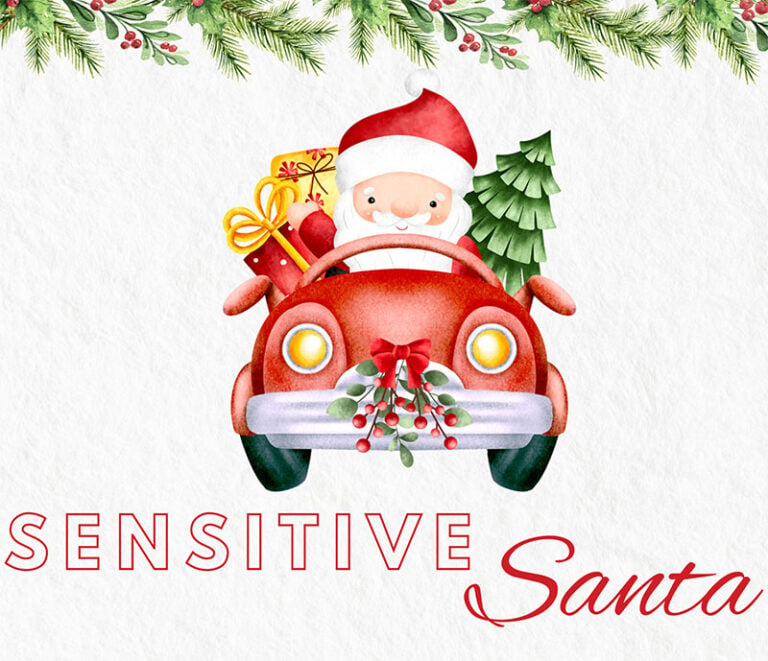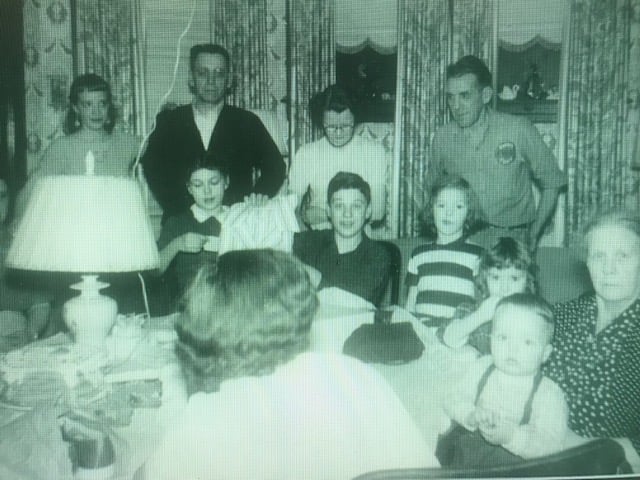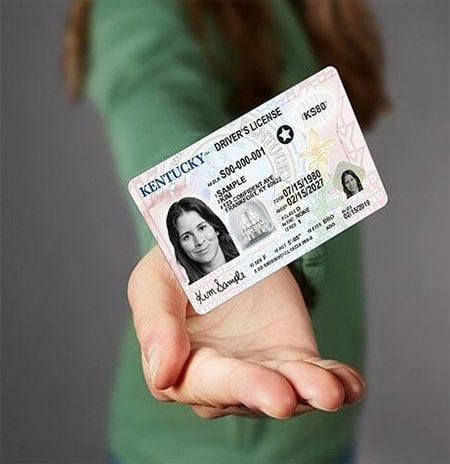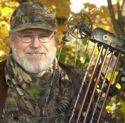Every spring, crappie anglers in Kentucky keep their fingers crossed for moderating temperatures and stable water conditions.
But our spring weather is usually unsettled, with a cycle of rain and cold fronts, followed by brisk southwest winds and brief warmups. Despite the up-and-down weather, early April is the start of spring crappie “season.” The best fishing occurs when water temperatures climb into the mid-to-upper 50s, and crappie begin to move into shallower water.
Crappie in Kentucky
There are two species of crappie in Kentucky, the white crappie (Promoxis annularis), and the black crappie (Promoxis nigromaculatus). Both are members of the sunfish family, Centrarchidae, can be distinguished from one another by coloration and the number of dorsal spines.
The white crappie has silvery olive shading to darker olive green on its back. It usually has six dorsal spines, in rare cases five.

The black crappie is also silvery olive, but with dark green to black wormlike markings. The black crappie usually has seven or eight dorsal spine that are equal in length to the anal fins.
Both species of crappie are found in all the river drainages of Kentucky, and thus are abundant in the state’s major lakes.
Crappie feed on a variety of organisms, including invertebrates such as crustaceans and insects, but their diet is mostly minnows and other small fish. They are strictly carnivorous.
Creel Limits and Minimum Size Limits
The statewide daily creel limit on crappie is 30 fish with no minimum size limit, but minimum size limits and lower creel limits are in effect on several lakes in Kentucky.
Be sure to read the fishing regulations carefully. View the Kentucky Fishing & Boating Guide here.
Crappie Spawn
The best crappie fishing of the year is prior to and during their spawn. Crappie enter the shallows to spawn when water temperatures warm to 60 degrees. Black crappie come up shallow earlier than white crappie.
Pre-spawn, they stage in deeper water on creek channel dropoffs, or atop submerged humps or channel ridges. When crappie come to the banks, they congregate around docks, weed beds, flooded brush and timber, logs and other floating debris.
Spring Crappie Fishing Tackle and Techniques
Fishing kayaks are the ideal boat for spring crappie fishing. They are quiet, maneuverable, can be launched almost anywhere and give anglers access to very shallow water in backwater areas of rivers and lakes.
Here’s some details about fishing tackle and techniques that work well when crappie fishing from kayaks.
* Jigs are the top crappie lure, and the 1/16 ounce is arguably the most popular weight. Jigs come in several styles and every color imaginable.
The curlytail grub is a good choice when crappie are finicky. The enticing action of the tail triggers strikes. The Roadrunner jig has a blade which creates flash and vibration. It’s a top choice in stained water.
The hair jig is the best bet in cold water when crappie are inactive. The tube jig works well in all conditions, but is at its best when trolled.
Color is a personal preference, but the best advice is to change colors often, if the crappie aren’t biting. Find the color they want on a given day.
* Cast jigs on light spinning tackle.
This is a very effective method when fishing for black crappie in lakes with clear water since black crappie shy away from boats when they are in shallow water. Back off from the cover and cast jigs to submerged trees, stumps, logs, brush and weed beds.
Most anglers prefer to fish with 6-foot graphite rods, and spinning reels spooled in 4-to-6-to-8-pound test line, depending on the weight of jig being fished
* Trolling jigs under a float.
This adaptation of spider-rigging is effective when crappie are not yet on the banks, but staging on shallow flats in lakes, or in the channels of creeks.
On spinning tackle, attach a float about 3-to-5 feet above a jig. Place one (or two) rods in rod holders mounted on the kayak. Paddle in reverse, with the floats trailing about 20 to 30 feet out from the boat. Paddling in reverse and fishing from the front of the kayak enables the angler to watch the floats for strikes, and have plenty of room to play hooked fish.
For more outdoors news and information, see Art Lander’s Outdoors on KyForward.
* Fishing live minnows on a pole.
This is a time-honored way of catching white crappie during the spawn, especially when the water is stained.
Telescopic crappie poles, or cane poles, rigged with 14-to-17-pound test line, split shot weight, and Aberdeen style hook is standard tackle. Some anglers fish heavier line, and use a float so they can vary the depth being fished.
At the heart of the rig is the Aberdeen style hook, with size #2 or #1 the top choices. A popular hook today is the Eagle Claw 214 EL. It’s a bronze color thin wire hook with a long shank and wide gap.
These hooks bend easily to pull free when snagged, and the light wire does less damage to minnows and allows the minnow to swim more actively.
The 2016 Fishing Forecast, published by the Kentucky Department of Fish and Wildlife Resources, provides the most up-to-date information on the status of fish populations. To learn more about the lakes and rivers that offer the best crappie fishing in Kentucky visit this webpage.
Don’t miss out on the best crappie fishing of the year. Crappie fishing is lots of fun and crappie are tasty.
Crappie fillets, dusted with peppered cornmeal and pan fried in vegetable oil, are a springtime delicacy in Kentucky, when served with hush puppies, fried potatoes, cole slaw and fresh asparagus spears.
Art Lander Jr. is outdoors editor for NKyTribune and KyForward. He is a native Kentuckian, a graduate of Western Kentucky University and a life-long hunter, angler, gardener and nature enthusiast. He has worked as a newspaper columnist, magazine journalist and author and is a former staff writer for Kentucky Afield Magazine, editor of the annual Kentucky Hunting & Trapping Guide and Kentucky Spring Hunting Guide, and co-writer of the Kentucky Afield Outdoors newspaper column.























Thank you so much for writing beautifully. I liked your writing. I was looking forward to such an informative article. So I’ve bookmarked it. It’s very informative. Thanks a lot for your inconvenience.
Do you have a newsletter? If so, do you send out blog posts like these to your list? I would be interested in signing up if you do.
you can sign up for our newsletter at the link that appears on the Homepage. It’s free. And, yes, we permit repostings if you provide credit and a link back to our site.